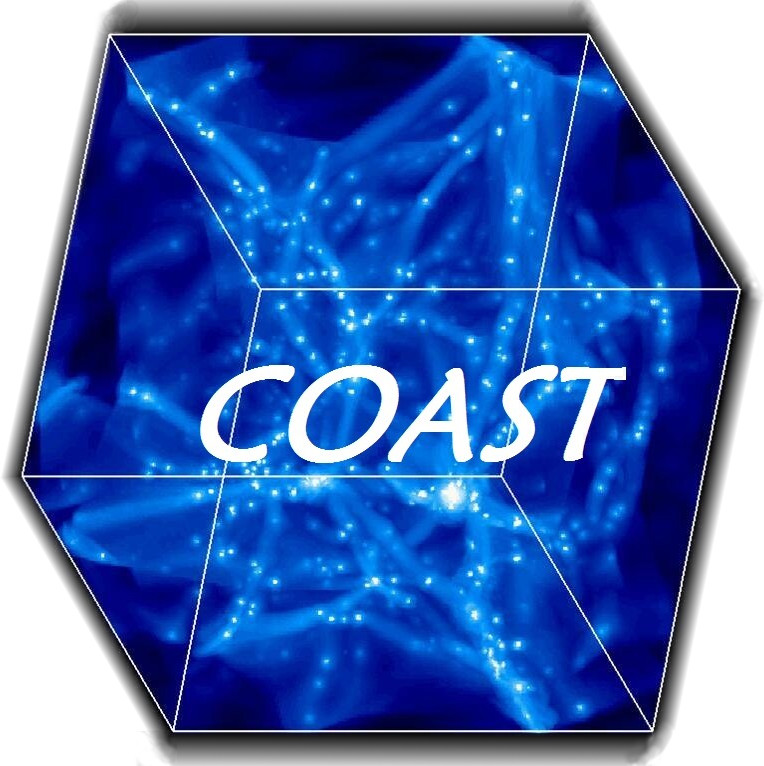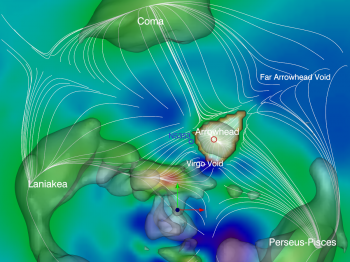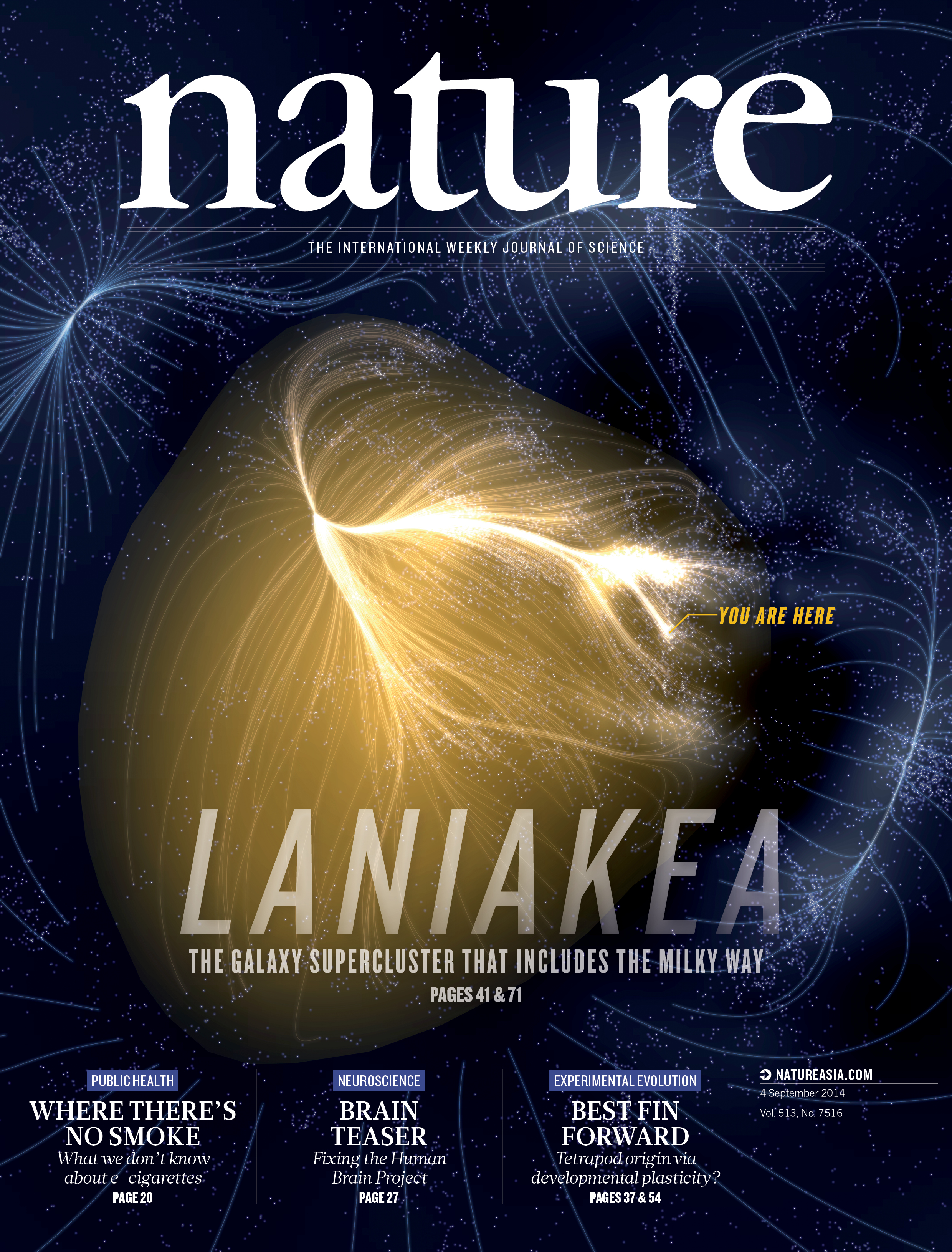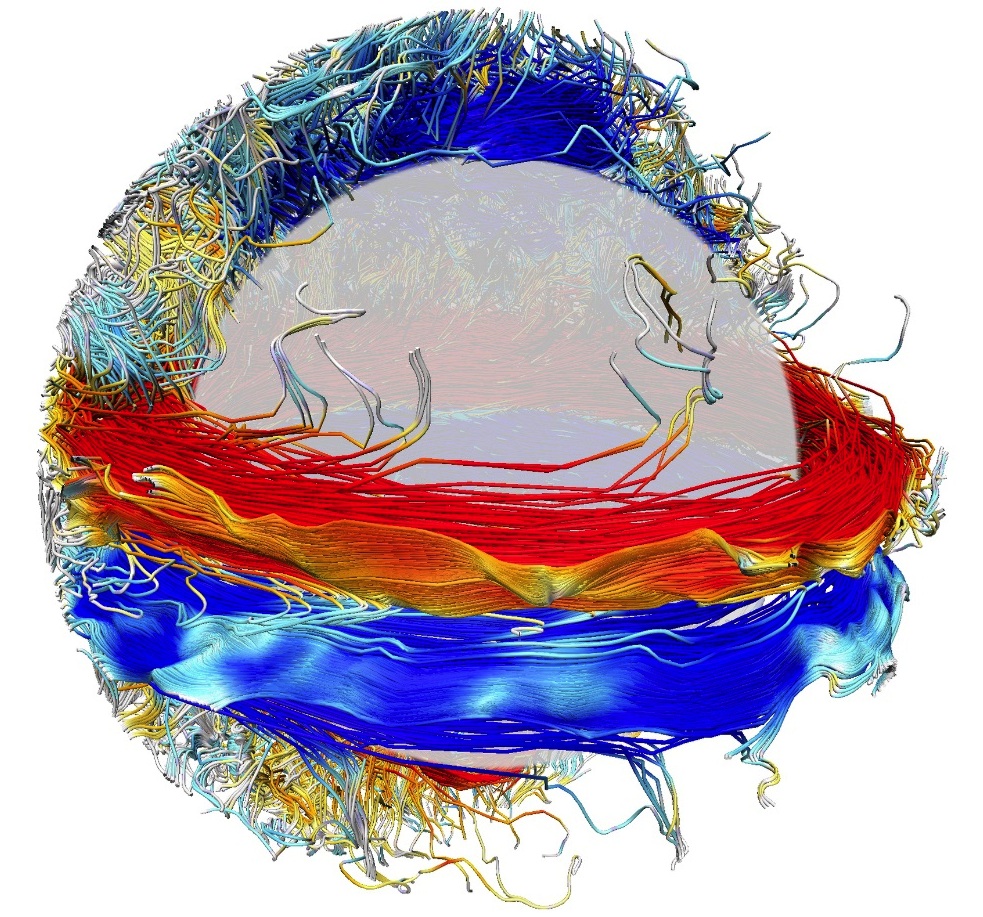COAST is a IRFU project of high performances computing in astrophysics.
COAST promotes high performances computing in astrophysics at CEA/ IRFU. Our activities include code development, applied mathematics, data visualisation, distributed databases, code optimization and parallel computing.
The project is a joint initiative of the Laboratory for Astrophysical Plasma Modelisation (LMPA, IRFU/SAp) and the Laboratory for Applied Computer Science (LILAS, IRFU/SEDI), involving also the Laboratory of Dynamics of Stars and their Environment (LDEE, IRFU/SAp) and the Laboratory for Cosmologie and Galaxies Evolution (LCEG, IRFU/SAp).
The "Maison de la Simulation" is also associated with the project.
COAST and its members are located at CEA Saclay,France.
Romain Teyssier, former P.I. of the project and the COAST team received the "Grand Prix Scientifique Cino and Simone Del Duca 2011" for the COAST work.
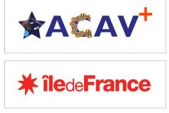
Please follow THIS LINK to access and use our computer infrastructure if you are a researcher from IdF
Please download here the slides of the latest COAST seminar :
Speaker: Florence Marcotte
Title: Optimal mixing in a stratified flow
Date: 04/12/2019
Abstract : Scalar mixing by flow motions is an important and ubiquitous process in geo- and astrophysical flows. Optimisation in a simple flow prototype provides a way
to constrain and better understand the physical mechanisms achieving well-fixedness of a mixed scalar, whether a passive one (tracer) or an active one (for example temperature or density).
Here we use a fully nonlinear direct-adjoint looping method to numerically determine the initial perturbation leading to maximal mixing efficiency in a stratified shear flow within a given
time horizon, comparing different mixing norms and strategies. We show how stratification impacts on the optimal mixing strategy and efficiency and, by considering the time evolution
of the kinetic and potential energy reservoirs, discuss the physical mechanisms underlying efficient irreversible mixing.
